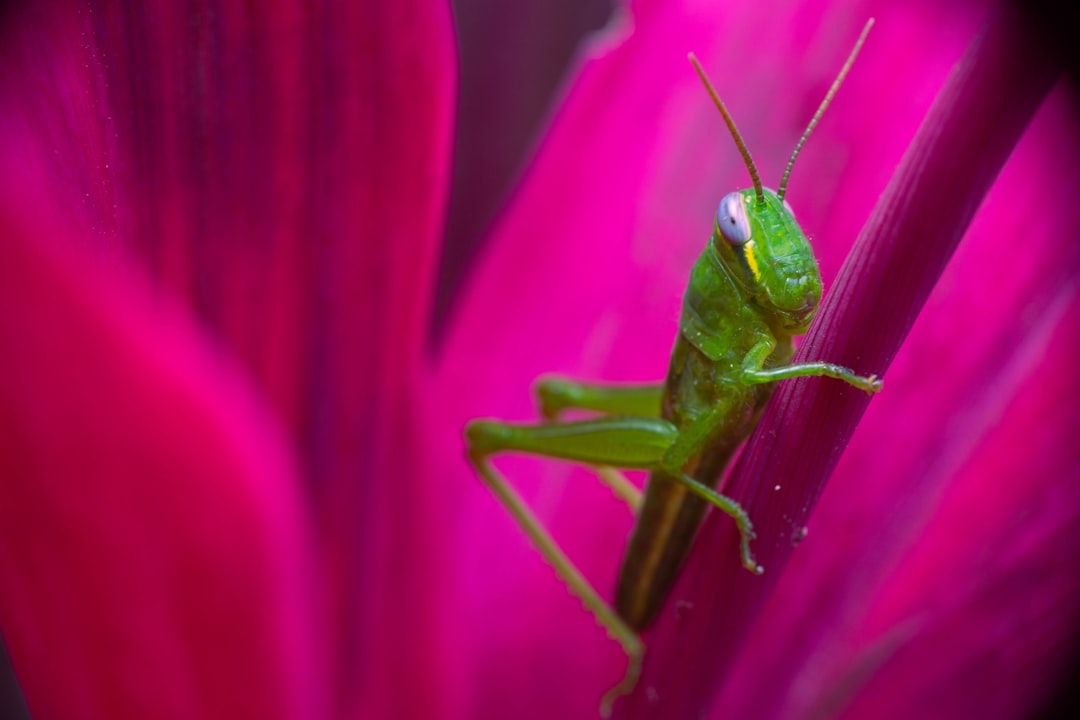When it comes to managing pests, prevention is often more effective and sustainable than cure. Cultural control methods, a vital component of Integrated Pest Management (IPM), involve modifying agricultural, livestock, and gardening practices to create unfavorable conditions for pests. These practices not only reduce the reliance on chemical pesticides but also promote ecological balance and long-term pest suppression.
In this blog post, we'll explore the key cultural control methods, their benefits, and how they can be applied to various contexts.
1. Crop Rotation
Crop rotation involves planting different types of crops in a specific sequence over multiple seasons. By disrupting the lifecycle of pests that target specific crops, this method reduces the chances of pest buildup in the soil.
Example: Alternating legumes with cereals can break the lifecycle of pests like corn rootworms, which thrive in continuous corn cropping systems.
Benefits:
- Reduces pest and disease pressure.
- Improves soil fertility and structure.
- Promotes biodiversity in farming systems.
2. Sanitation
Sanitation focuses on keeping the environment clean to eliminate pest habitats and breeding grounds. This involves removing plant debris, weeds, and other materials where pests can hide or reproduce.
Example: Clearing fallen fruit from orchards prevents the proliferation of fruit flies.
Benefits:
- Reduces pest populations.
- Prevents the spread of diseases.
- Enhances overall farm hygiene.
3. Timing of Planting and Harvesting
Adjusting planting and harvesting schedules can help avoid peak pest activity. For example, planting early-maturing crop varieties can allow the harvest to occur before pests reach damaging population levels.
Example: In rice cultivation, staggered planting can help manage stem borer infestations.
Benefits:
- Minimizes pest damage.
- Optimizes yield and quality.
- Reduces reliance on pesticides.
4. Trap Crops
Trap cropping involves planting a sacrificial crop that attracts pests away from the main crop. Once pests concentrate on the trap crop, they can be managed more effectively.
Example: Planting mustard around cabbage fields to attract diamondback moths.
Benefits:
- Protects the main crop from damage.
- Concentrates pests for easier control.
- Enhances biodiversity on farms.
5. Intercropping
Intercropping involves growing two or more crops in close proximity. This practice confuses pests and makes it difficult for them to locate their preferred host plants.
Example: Mixing maize and beans to deter stem borers.
Benefits:
- Reduces pest pressure.
- Enhances resource use efficiency.
- Promotes beneficial insect populations.
6. Proper Water Management
Pests like mosquitoes and root-knot nematodes thrive in waterlogged conditions. Proper water management, including timely irrigation and drainage, can prevent such infestations.
Example: Draining standing water in rice paddies reduces mosquito breeding.
Benefits:
- Prevents pest outbreaks.
- Conserves water resources.
- Improves crop health.
7. Livestock Practices
In livestock management, cultural control methods include practices like rotational grazing and maintaining clean living environments. Rotational grazing prevents overgrazing and reduces the spread of parasites.
Example: Moving cattle between pastures breaks the lifecycle of gastrointestinal worms.
Benefits:
- Reduces parasite loads.
- Enhances pasture health.
- Improves animal welfare.
8. Companion Planting
Companion planting leverages the natural relationships between plants to deter pests and attract beneficial insects. For instance, planting marigolds near tomatoes can repel nematodes.
Example: Basil planted alongside tomatoes deters whiteflies and enhances flavor.
Benefits:
- Reduces pest populations naturally.
- Promotes pollinator activity.
- Enhances garden aesthetics.
Conclusion
Cultural control methods are essential tools for sustainable pest management in agriculture, livestock, and gardens. By integrating these practices into your routine, you can create a healthy, pest-resistant environment that minimizes the need for chemical interventions. Whether you’re a farmer, gardener, or livestock keeper, adopting these methods not only safeguards your yields and resources but also contributes to a healthier ecosystem.
Remember, effective pest management is a holistic process. Combine cultural controls with biological and mechanical methods for the best results. Small changes in your practices today can lead to significant benefits for your farm, garden, or livestock tomorrow.
What cultural control methods have you tried? Share your experiences in the comments below!

Comments
No comments yet. Be the first to comment!
You must be logged in to comment. Login